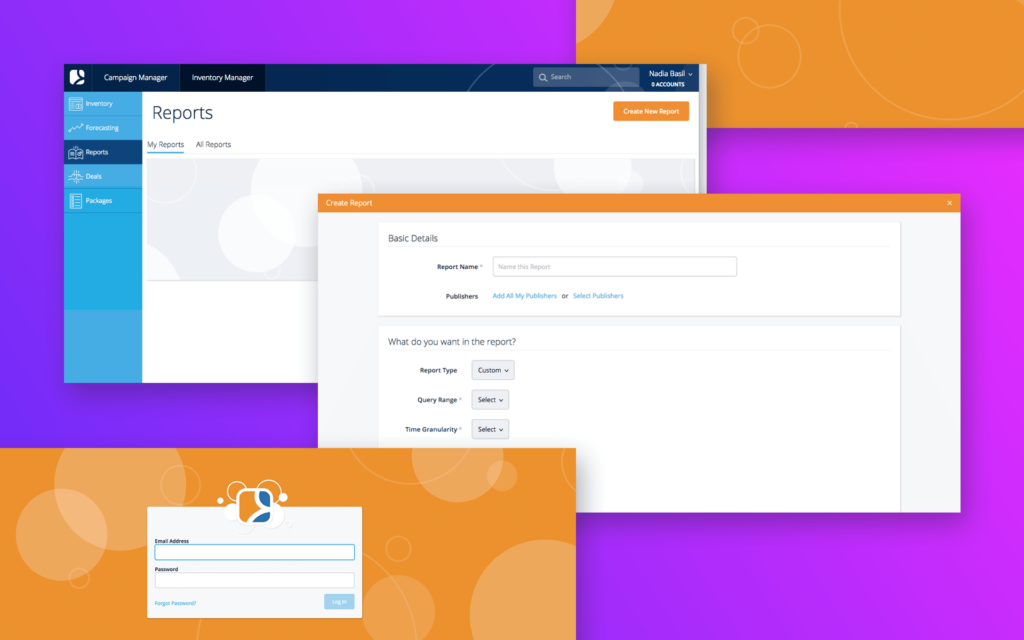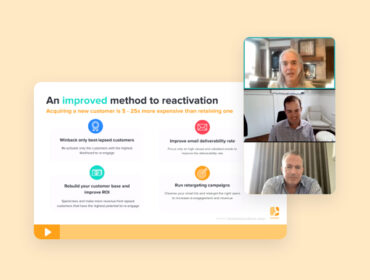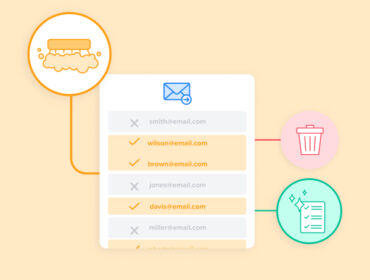Rev Ops Barometer H2 2021
Third-party cookie deprecation and how the industry can prepare and adapt for their eventual departure from the Chrome browser have been the hottest topics of the last few years. Of course, Google isn’t the only tech giant contributing to significant shifts in digital advertising in recent years. Tech scandals have done more than raise eyebrows (remember Cambridge Analytica?), driving consumers to become more discerning about the who, what, where, and why of sharing their data. Violations of privacy such as these have created opportunities for other tech giants to make substantial changes to how they collect data and track consumers across the web under the guise of consumer privacy protection, like Apple’s IDFA and MPP.
Regardless of the reasons and intentions for these changes, however, one thing is sure: the industry must adapt — and quick — to the changing digital landscape. Publishers must seek new identity solutions that will enable them to continue monetizing their digital properties and remain successful in a cookieless world.

To better understand how publishers are preparing to tackle identity and monetization in a post-third-party cookie world, LiveIntent partnered with CoLab Media Consulting and Beeler.Tech in the production of the Rev Ops Barometer H2 2021. The report is a quantitative survey of 176 experienced global rev ops and ad ops professionals from July to September 2021. Here are those findings.
Yield optimization and first-party data strategy
Publishers across the globe are most interested in audience data to help them improve yield across channels. But, of course, without third-party cookies, collecting and analyzing audience data will be a difficult feat to achieve.
What types of data (new or existing) would you like to improve in order to optimize yield across all channels?

Audience data

Cross-platform (web, app and email) ad exposure data

Brand effectiveness data

Sales / revenue effectiveness data

Email data

Social data

Search data

Customer satisfaction data

Clickstream data

Other
With that said, 65 percent of respondents indicated that email is important or very important to their first-party data strategy, which aligns with current trends. Publishers are increasingly leaning into email newsletters as critical components to their first-party data and monetization strategies. Take a look at The New York Times, for instance. The publication has more than 50 newsletters — of which seven are entirely new as of 2021 — and have more than 8 million subscribers.
How important is email in your organization’s first-party data strategy?

Very important

Important

Not important

Don’t know
Savvy publishers like NYT, Axios, and Morning Brew know that email newsletters are a critical component to driving reader loyalty and building a first-party database, and 44 percent of study participants agree. With email newsletters, publishers can drive authenticated, logged-in audiences back to their website, enabling audience data collection that points to webpage visits, readers’ interests, purchases, and the like. Thirty-two percent of respondents indicated that understanding the content interests of their audiences and establishing a privacy-first first-party data strategy were some of the most significant benefits that email can provide. With insights like these, publishers are best-equipped to attract loyal audiences, monetize their properties, and optimize yield.
Which of the following do you see as the most significant benefits email can provide?

Monetizing the first-party data we have gathered

Building trusted relationships with our audiences

Establishing a privacy-first first-party data strategy

Understanding the content interests of our audiences

Creating deterministic audience data

We do not use email as part of our first- party data strategy

Understanding the demographic profile of our audiences

Other
Data strategy responsibility
Thirty-seven percent of respondents said that the responsibility for their first-party data strategy is shared across a combination of teams. Unsurprising when you consider that developing a strategy for monetizing first-party data is relatively new to the industry, and first-party data can impact several departments across an organization — from content to revenue.
Who in your organization is primarily responsible for first-party data strategy?

A combination of teams

Ad Ops team

Product team

Analytics team

Technology team

Executive team

Commercial team

Marketing team

Editorial team
While a broad approach to first-party data may seem beneficial to organizational leaders, it can create more challenges. For example, publishers may struggle to work well with vendors or derive value from partnerships if they have a fragmented strategy, disjointed decision making, and various approaches to onboarding. It behooves organizations to lean on their vendors and partners for insight into how all departments can consider their different needs, goals, and objectives to achieve synchronicity across departments and hopefully unify their strategy under one department.
Data monetization plans
Although the deprecation of third-party cookies presents new targeting challenges for advertisers, publishers have other methods for targeting available at their fingertips. Publishers are sitting on troves of contextual data they can use, offering advertisers the opportunity to create a positive ad experience that reaches their audiences in environments relevant to their interests. The opportunity is ripe, which is why 68 percent of publishers plan to create and offer contextual targeting.
Because publishers’ audience insights are an appealing option for advertisers and agencies alike, it makes sense that 57 percent of publishers also plan to lean into programmatic direct deals. This approach enables publishers to package their inventory offerings based on first-party audience insights while also leveraging programmatic technology that brings added speed and efficiency to their operations.
How are you planning to monetize your first-party data in the next 1-2 years?

We will target audiences in contextual environments

We will sell first-party data audience solutions through programmatic direct deals

We will optimize the marketing of our own products and services to our audiences more effectively

We will use our data for advertiser retargeting campaigns

We will develop a cross-platform audience- based ad solution

We will build market credibility for being best- in-class for first-party data usage

We will sell first-party data audience solutions programmatically on the open marketplace

We will sell first-party data through a data exchange/network with no media attached

Other
There are several alternatives to third-party cookies that publishers can adopt to identify and monetize audiences across direct and programmatic channels. However, publishers will need to test various solutions and likely combine a few to find what works best for them.


